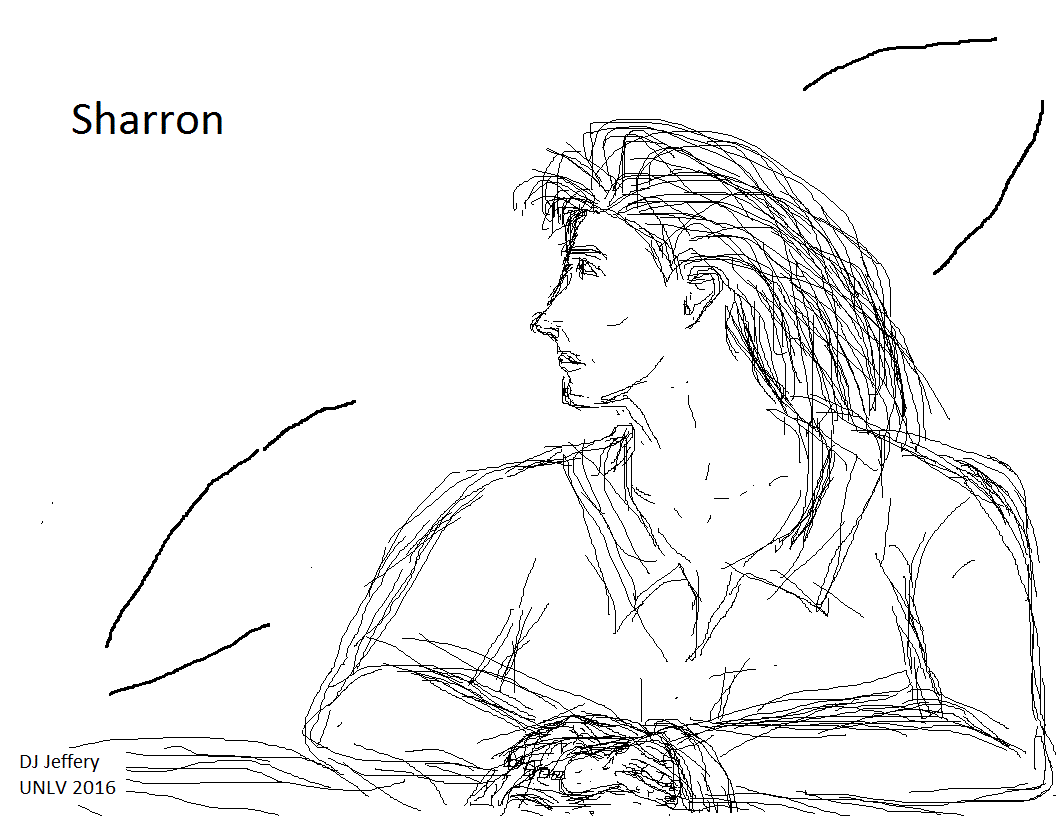 Orbit videos
(i.e., Orbit videos):
Orbit videos
(i.e., Orbit videos):High cal:
- Earth | Time Lapse View from Space, Fly Over | NASA, ISS | 5:00: Pretty spectacular. A time-lapsed set of images from the International Space Station (ISS). The astronauts see the rolling by of the Earth much more slowly, and, of course, they don't see aurora and thunderstorms all the time. This is how Superman or Zeus might see the world---Superman's POV. Ordinarily too long for the classroom, but it might make a good opening or closing videos.
- Sun, earth, moon animation | 0:39: This illustrates Earth-Moon system orbiting the Sun. It is not-to-scale. The mutual gravitational attraction of the Earth and Moon cause them to orbit their mutual center of mass. The mutual gravitational attraction of all the bodies of the Solar System cause them to orbit the Solar System center of mass which is always inside or near the Sun (see Wikipedia: Heliocentric orbit). The Solar System itself orbits the center of mass of the Milky Way which is nearly at the center of the Milky Way. One can view the Solar System as a point mass located at its center of mass for just considering center of mass motions as determined by net external forces via Newton's 2nd law of motion (AKA F=ma). Note virtually all bodies rotate as well as orbit in the astrophyical realm. Good for the classroom.
- "Gravity" continuous shot. Opening Scene.
Space debris hits Explorer | 3:18: A
Video clip from
Gravity (2013 film).
Jump to 1:40 = 100 s for the
space debris impact---thrilling.
Recall
v_orbital = sqrt(GM/R)
= 7.9053 km/s * sqrt[(M/M_⊕)/(R/R_eq_⊕)]
for low Earth orbit (see also Wikipedia: Orbital speed: Mean orbital speed), and so, unless you are moving parallel to the space debris, the impacts are devastating. Actually, it may be objected that the space debris in the video clip is moving too slow, but the relative velocity varies from 0 at 0° impact angle to ∼ 8 km/s at 90° impact angle. It's hard to tell the impact angle in the video clip, and so the observed relative velocity might NOT be too slow. With cuts, short enough for the classroom. - Projectiles launched horizontally into orbit (Newton's cannonball) | 0:17: Newton's cannonball: The trajectory of the projectile evolving continuously with increasing-with-video-time initial velocity. Great for the classroom.
- Shoot a Cannonball into Orbit! | ∞ time: Newton's cannonball interactive animation. This animation has disappeared from the NASA Space Place. Maybe it died with Adobe Flash (--2020). Good for the classroom.
- OpenStax: Angular Momentum V2: Physics Concept Trailer | 1:15:
The figure skater
pulls her arms
and leg in reducing her
rotational inertia, but
since angular momentum L_z
is being conserved approximately by low
torque τ_z about her body z axis,
her angular velocity ω
must increase to conserve said
angular momentum L_z approximately.
In an ideal planetary system (which has, among other things, parent star much more massive than any planet) the planets orbit their parent star perpetually because the central force provided parent star cannot change their individual angular momenta: it CANNOT provide a torque. Good for the classroom. - World Record Figure Skating Spin | 0:16: Figure skater Natalia Kanounnikova in another figure skating spin video. Good for the classroom.
- Halley's Comet Orbital Path | 0:26: Halley's comet does indeed have a clockwise orbit as viewed from above the NCP. Its orbit is a retrograde orbit. Thebackground music is Ludwig van Beethoven's (1770--1827) Piano Sonata No. 8 (AKA Sonata Pathetique AKA Opus 13 in C minor?) Part II, Adagio cantabile---to hear the whole thing, click Beethoven Sonata No. 8 'Pathetique' Mov. 2 - Wilhelm Kempff: cantabile adagio. Short enough for the classroom.
- Galaxy Collisions: Simulation vs Observations | 1:20: Colliding galaxies in a computer simulation compared to observations of interacting galaxies which are snapshots in cosmic time since galaxy collisions have time scales of order a gigayear (Gyr). Interacting galaxies have extremely complex celestial mechanics (i.e., orbital motions) since everything feels the gravity of everything else since gravity inverse-square law force, and so is very long range. Short enough for the classroom.
- Chris Hadfield: Space Oddity | 5:30: Beginning slow. Space Oddity (1969) is no Rocket Man (1972)---to hear it, click Elton John - Rocket Man Studio Version with Lyrics. Pick it up without sound at 4:20, and then it is OK for the classroom.
File: Orbit file: orbit_videos.html.